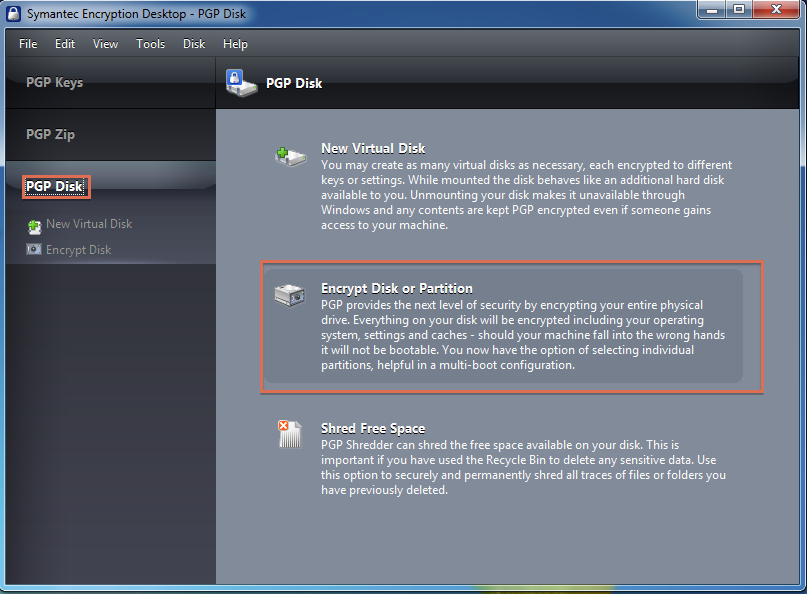

In the early years of PGP, it was mainly used by activists, journalists, and other people who deal with sensitive information. But let’s take a brief look at all three Encrypting EmailsĪs in the example above, most people use PGP to send encrypted emails. Of these three uses, the first – sending secure email – is by far the dominant application of PGP.
Encrypting files stored on your devices or in the cloud.  Verifying the identity of the person who has sent you this message. Sending and receiving encrypted emails. There are, essentially, three main uses of PGP: If you are communicating to users outside of ProtonMail, you need to send them your public key first.Īnd so, although the message was sent securely, the recipient does not have to worry about the complexities of how this was done. ProtonMail – like most email clients that offer PGP – hides all of the complexity of the encryption and decryption of the message. The email will look like this (the email addresses have been blurred for privacy reasons):
Verifying the identity of the person who has sent you this message. Sending and receiving encrypted emails. There are, essentially, three main uses of PGP: If you are communicating to users outside of ProtonMail, you need to send them your public key first.Īnd so, although the message was sent securely, the recipient does not have to worry about the complexities of how this was done. ProtonMail – like most email clients that offer PGP – hides all of the complexity of the encryption and decryption of the message. The email will look like this (the email addresses have been blurred for privacy reasons): 
You will see a padlock icon on the subject line of their emails. ProtonMail natively supports PGP, and all you have to do to encrypt your email is to select Sign Mail. Let’s take a look at ProtonMail – as an example. In practice, sending a message encrypted with PGP is simpler than the above explanation makes it sound. So by encrypting the symmetric key using the (asymmetric) public-key system, PGP combines the efficiency of symmetric encryption with the security of public-key cryptography. Using symmetric encryption requires, though, that a sender share the encryption key with the recipient in plain text, and this would be insecure. Public key cryptography is much, much slower than symmetric encryption (where both the sender and recipient have the same key). Why would we encrypt the encryption key itself? This might seem like a strange way to do things. Using this session key, the recipient is now able to decrypt the actual message.
The sender sends their encrypted PGP session key to the recipient, and they are able to decrypt it using their private key. The public key is tied to a particular person’s identity, and anyone can use it to send them a message. This is done using the public key of the intended recipient of the message. This key is a huge number that cannot be guessed, and is only used once. First, PGP generates a random session key using one of two (main) algorithms. At the highest level, this is how PGP encryption works: The mathematics behind encryption can get pretty complex (though you can take a look at the math if you like), so here we’ll stick to the basic concepts. In order to understand how PGP works, it’s useful to look at a diagram: PGP shares some features with other encryption systems you may have heard of, like Kerberos encryption (which is used to authenticate network users) and SSL encryption (which is used to secure websites).Īt a basic level, PGP encryption uses a combination of two forms of encryption: symmetric key encryption, and public-key encryption. If you want to improve the security of your email messages, PGP offers a relatively easy and cost-effective way to do this. The second is that since PGP uses both symmetric encryption and public-key encryption, it allows users who have never met to send encrypted messages to each other without exchanging private encryption keys. The first is that the system was originally available as freeware, and so spread rapidly among users who wanted an extra level of security for their email messages. The popularity of PGP is based on two factors. Since its invention back in 1991, PGP has become the de facto standard for email security. Pretty Good Privacy (PGP) is an encryption system used for both sending encrypted emails and encrypting sensitive files.







 0 kommentar(er)
0 kommentar(er)
